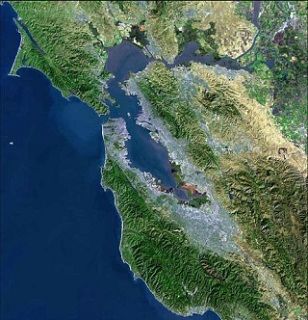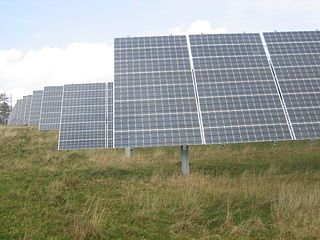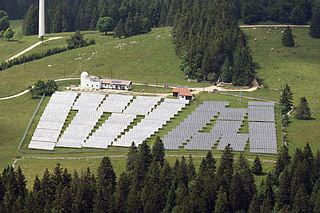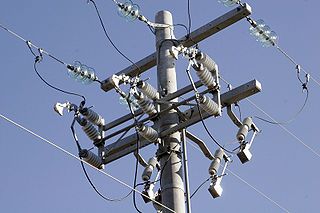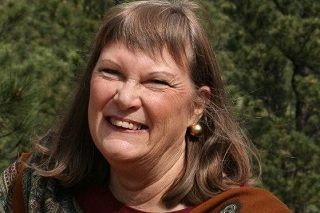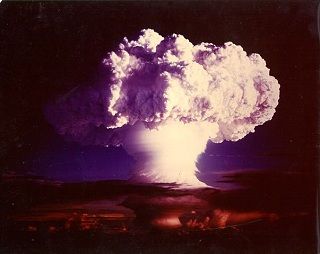Three Discussions in the San Francisco Bay Area: Energy Efficiency in the Data Center, Biomass, and Solar
My 14-hour work day consisted mainly of a drive to and from the San Francisco Bay Area for three key meetings, the content of which I’ll share briefly.
I attended several sessions at this year’s Green Grid conference, which focuses on reducing energy cost and eco-impact of large data centers. The most impressive presentation for my money was delivered by Google. To put the whole thing into perspective, here’s a company that indexes 30 trillion URLs, delivers the results of 3 billion search queries per day, and does all this and so much more with 100% carbon neutrality. What they’ve done in reducing energy consumption and sourcing renewable energy is truly inspiring.
For lunch, I met my colleague Rich Breitbarth, COO of Resource Recovery Corporation; the company specializes in a variety of cutting-edge renewable energy technologies including a unique approach to the thermal anaerobic gasification of biomass. I’ve introduced Rich/RRC to five parties over the couple of years we’ve known one another, and they’ve gained significant levels of traction with three of the five; I’m confident that at least one of these deals will materialize over the next few months. Exciting stuff. We ate here; how this place only gets 3.5 stars on Yelp is beyond me; I thought it was incredible. Perhaps the comments that warn: “Don’t go during prime lunch hours because the line is out the door” are telling; yes, the place actually is packed, but that’s a good sign.
On the way home I went to visit my much-respected friend Jeff Brothers at his new offices in Carmel. Jeff”s company Sol Orchard is a savvy solar energy developer of significant proportion, and I always learn a great deal from our talks. This quote from his website speaks to his down-to-Earth pragmatism and good sense:
Global capacity for solar panel production has increased dramatically in the last three years, bringing panel prices down by over 40%. The combined effects of increased tax incentives, decreased costs, and rising concern over global warming have created a “perfect storm” of opportunity to build and finance cost-effective solar power projects.
Three good meetings, but a fair chunk of driving. Happy to be home.

